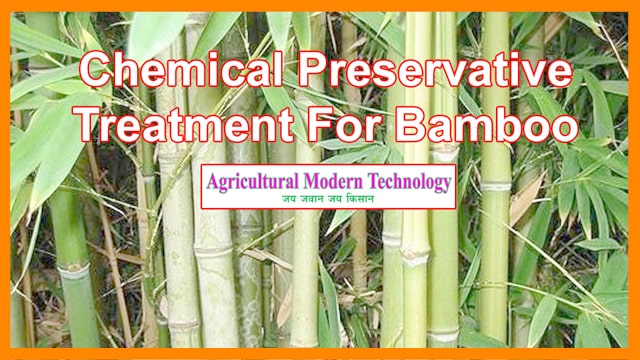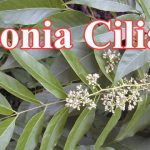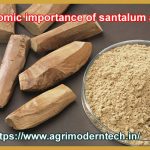Bamboo, in spite of its numerous advantages as a substitute for timber and other material, suffers from a major drawback viz. that it is prone to biodeterioration. Bamboo is attacked by a number of pests and molds that both disfigure the products as well as cause more severe damage often rendering it un utilizable for a number of uses.
Fortunately, several measures can be taken to overcome the problem. The solutions depend on the uses to which bamboo is put and whether it is exposed to the weather and water. In this section since only handicrafts are considered, the chemical treatment methods discussed are limited to those that are suitable for products that are used indoors and for decorative/lomanertal uses alone.
Traditional treatment’s against biodeterioration
Submergence in water
The most common treatment against attack by pent is to keep the newly cut culms underwater a the product the solution in a small tank or container will be sufficient. A treatment time of several days will be required. Whole culms, whole culms will require the diaphragm at the nodes to be punctured with an iron rod to permit ingress of the preservative. The solution.
Boucherie method
The method involves replacing the sap in freshly cut culms with the preservative solution by applying pressure using a compressor or a simple hand air pump connected to a repair with the preservative solution or if no such facilities are available with gravity. A rubber tube of sufficient diameter is fixed in the bottom cut end of the culms by means of a wire that has a clamp or worm clip so as to form a watertight seal. When pressure (20.25psl) is applied the solution enters the culm and pushes out the sap. In the gravity methods, the culms are kept slanting with the tank at the higher and. Wholly within half an hour but treatment is done the starch content in the culm is thus brought down due to the activity of enzymes within the cells.
Smoke treatment:
When placed in constant contact with smoke from burning wood the penetration of chemicals results in improving the resistance of bamboo to molds and pests.
Chemical treatment
A 10% Borax boric acid in 3:2 ratio in water is used for treating bamboo when required in a situation where it is not in contact with water or moisture constantly riz. The building, furniture, handicraft, etc. the treatment can be carried out in different ways depending on the scale of operation and the costs.
i) Stepping
Freshly cut bamboo culms are kept quiet for about a week or more in a container containing the chemical solution with the bottom immersed up to 20 cms.
ii) Dip treatment
For small quantities and especially for items from rain.
iii) Evapotranspiration method:-
Freshly cut culms with the branches and leaves intact are left standing with the cut end in a tank of the chemical preservative solution. Due to the transpiration taking place in the leaves, the solution is sucked into the culms.
iv) Vacuum pressure treatment:-
For a large-scale operation, effective treatment of culms both fresh and dried, a vacuum-pressure treatment plant is ideal. The treatment plant consists of a vacuum-pressure chamber of appropriate size into which the culms are stacked tightly, a vacuum pump to remove the air from the chamber, and a tank from which the preservative solution is pumped into the above chamber method for testing the penetration of boron in bamboo treated with Boric acid – Borax preservatives.
It is possible through the following simple test to ascertain if proper penetration of the chemical into all parts of the bamboo tissues. Has taken place.
Pageants :
Solution 1:-10 grams turmeric is extracted with 90 ml of ethyl alcohol. A clear 501nis obtained by decanting or filtration.
Solution 2 :-20 ml of concentrated hydrochloric acid is diluted to 100 ml. with ethyl alcohol and then saturated with salicylic acid
Procedure:-
The surface of the bamboo must be dry and smooth to get satisfactory results. 501n1 is applied to the treated bamboo surface with a dropper and allowed to dry for a few minutes.
501n -2 is then applied to the same area which will now be colored yellow. The yellow color of the turmeric 501nis turned red only in treated bamboo.
Dr. Yogesh Y. Sumthane, Ph. D., MBA, DM & F, Bamboo Research & Training Centre, Chandrapur



